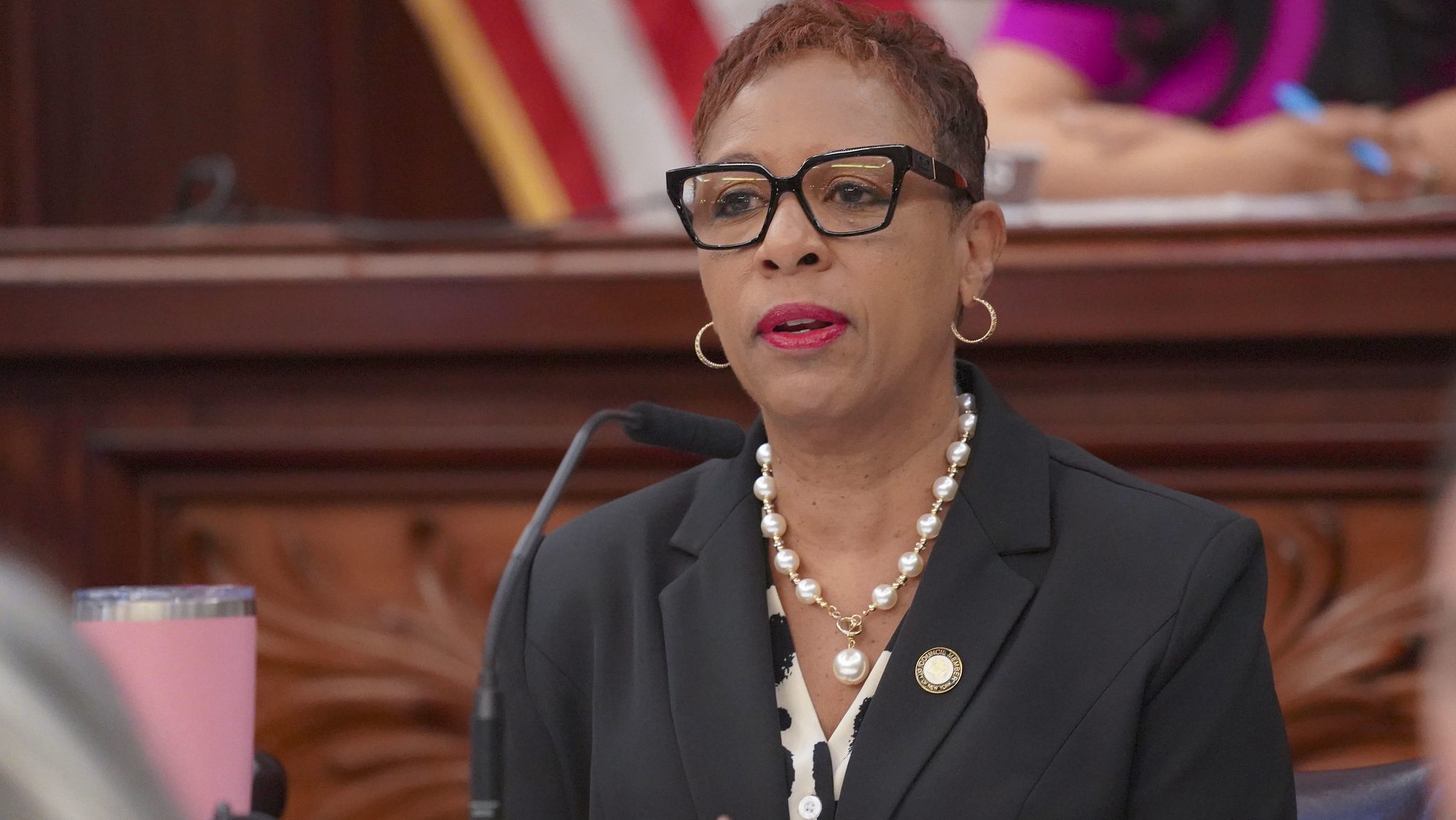Bikes at Work has an interesting database that uses census numbers to show how many people walk to their jobs in cities, towns and villages across the US. A quick search for the highest walk-to-work locations for towns with over 1000 people yields the following results:
| Location | POP | % Walk to work |
| Naval Academy, Maryland | 4264 | 82.99% |
| Houghton, New York | 1730 | 67.84% |
| Alfred village, New York | 3926 | 60.98% |
| West Point, New York | 7138 | 60.25% |
| Air Force Academy, Colorado | 7536 | 59.63% |
| Parris Island, South Carolina | 4841 | 58.45% |
| Lackland AFB CDP, Texas | 7132 | 58.09% |
| New Square village, New York | 4707 | 57.28% |
| Hamilton village, New York | 3510 | 55.56% |
| Avalon city, California | 3181 | 52.79 |
Almost all of these are centered around an institution, like a university or military academy, where many are housed very close to their classes or jobs. The concentration of people and buildings reduces the amount of space that could be used for roads and parking. Raising the threshold to at least 20,000 residents:
| Location | POP | % Walk to work |
| Ithaca city, New York | 29006 | 43.33% |
| Athens city, Ohio | 21192 | 42.39% |
| State College, Pennsylvania | 38420 | 41.8% |
| North Chicago, Illinois | 36001 | 29.06% |
| Oxford city, Ohio | 22087 | 28.86% |
| Fort Bragg, North Carolina | 29246 | 26.13% |
| Cambridge, Massachusetts | 101355 | 25.76% |
| Fort Hood, Texas | 33595 | 23.87% |
| College Park, Maryland | 24590 | 23.28% |
| Pullman city, Washington | 24740 | 22.53% |
Again, with few exceptions, we find the pattern of high walking rates and major institutions of higher learning, military bases and areas of mixed use development. Now, setting the bar at over 250,000 residents:
| Location | POP | % Walk to work |
| Boston, Massachusetts | 589141 | 13.36% |
| Washington, DC | 572059 | 12.27% |
| New York City, New York | 8008278 | 10.72% |
| Pittsburgh, Pennsylvania | 334563 | 10.02% |
| San Francisco, California | 776733 | 9.82% |
| Philadelphia, Pennsylvania | 1517550 | 9.22% |
| Newark, New Jersey | 273546 | 8.03% |
| Seattle, Washington | 563375 | 7.72% |
| Baltimore, Maryland | 651154 | 7.28% |
| Minneapolis, Minnesota | 382452 | 6.85% |
While all of these cities have colleges and universities and other major institutions, they are part of a very large mix and cannot alone account for why these cities are on the list. Even controlling for population density does not account for this distribution. These are cities that grew to sizable populations before the automobile, which may explain why they are on this list instead of Los Angeles, Phoenix, Atlanta, Houston and Dallas. Surprising in their absence, meanwhile, are Chicago and Portland. They aren't that far off, but while both cities receive a lot of credit for their green initiatives they don't seem to encourage walking to work as much as the cities above.
An even better measure of walkability than the percentage that walk to work would be the number that walk to the grocery store or pharmacy. Walkscore as a defining metric for such an assessment has its flaws, but is generally useful. Looking at both the Bikes at Work census analysis and Walkscore, it would seem that there are two major factors that influence the walkability of a city or town: institutional presence and pre-auto urban design.
The key to both appears to be co-location of housing with the various destinations that people need and desire. But there is a choice here that seems worth considering in greater depth. If we want to create a post-carbon society, creating more walkable communities seems like a major priority. But what kind of walking towns do we want?





